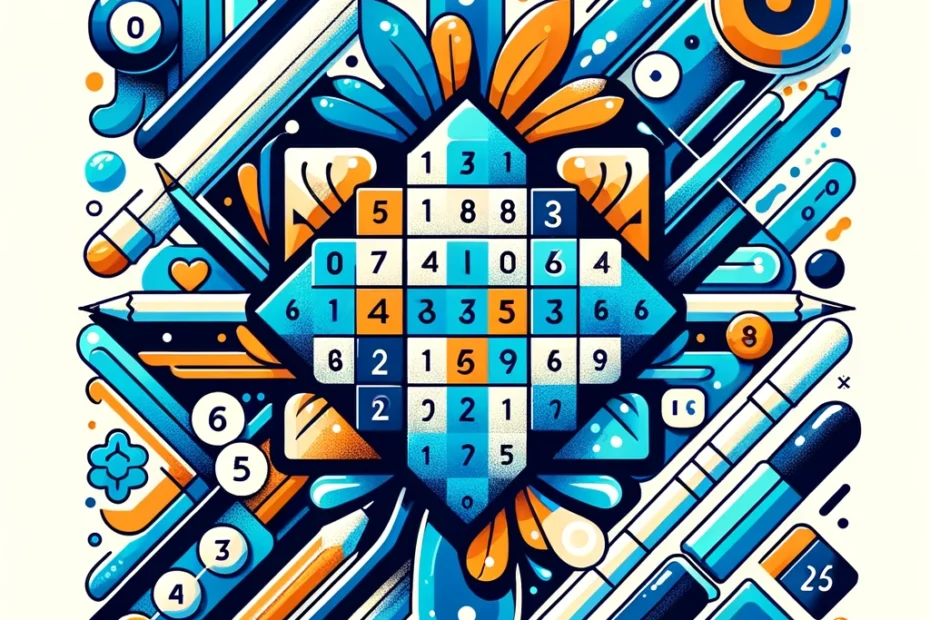Solving Globe Sudoku puzzles can be a delightful challenge, especially for beginners looking to sharpen their logic and analytical skills. This guide will provide you with essential tips and techniques to help you navigate through the world of Globe Sudoku successfully.
Understanding the Basics
Before diving into advanced strategies, it’s crucial to understand the fundamental rules of Globe Sudoku. The puzzle consists of a 9×9 grid, divided into nine 3×3 subgrids. The objective is to fill the entire grid with numbers from 1 to 9, ensuring that each number appears only once in each row, column, and 3×3 subgrid.
Start with the Easy Numbers
A good starting point for beginners is to look for rows, columns, or subgrids that are almost complete. Identify which numbers are missing and focus on filling those first. This helps in gradually reducing the complexity of the puzzle.
Use Pencil Marks
One effective technique is to use pencil marks to note down potential numbers for each empty cell. This method allows you to keep track of multiple possibilities and makes it easier to spot patterns. Here’s how to do it:
- Write down all possible candidates for each empty cell.
- As the puzzle progresses, eliminate candidates based on newly filled cells.
- Continue updating your pencil marks until you can confidently place a number.
Look for Naked Singles
Naked singles are cells that have only one possible candidate left. These are often the easiest to spot and should be filled in immediately. Detecting naked singles can provide valuable clues for solving other parts of the puzzle.
Utilize Hidden Singles
Hidden singles are numbers that can only fit into one cell within a row, column, or subgrid, even if other cells have multiple candidates. Identifying hidden singles requires a bit more observation but can significantly simplify the puzzle.
Check for Pairs and Triplets
Pairs and triplets refer to scenarios where two or three cells within a row, column, or subgrid share the same candidates. Recognizing these patterns can help you eliminate possibilities and narrow down the correct numbers.
| Pattern | Description |
|---|---|
| Naked Singles | Cells with only one possible candidate |
| Hidden Singles | Unique candidates within a row, column, or subgrid |
| Pairs | Two cells sharing the same candidates |
| Triplets | Three cells sharing the same candidates |
Practice Regularly
The key to mastering Globe Sudoku is consistent practice. The more you solve, the better you’ll become at recognizing patterns and applying strategies. Don’t get discouraged by difficult puzzles; instead, view them as opportunities to improve your skills.
Conclusion
Developing proficiency in Globe Sudoku takes time and patience. By starting with simple puzzles and gradually incorporating these tips and techniques, you’ll find yourself solving even the most challenging puzzles with ease. Happy puzzling!
